Resultant Of Two Same Vector Physical Quantity Perpendicular To Each Other
Vectors in Two Dimension Resultant of perpendicular vectors Perpendicular vectors are at right angles to each other. It depends on the magnitude of the force and its perpendicular distance from the line of action.
The resultant vector will have the same effect as all the vectors adding together.

Resultant of two same vector physical quantity perpendicular to each other. Diagram Adding co-linear vectors. The resultant magnitude of the two vectors is given by the formula The position vector of the point A345 is Physical quantity that has magnitude and direction as well is known as. The resultant vector is the single vector whose effect is the same as the individual vectors acting together.
The angle between A. The resultant of two vectors A and B is perpendicular to the vector A and its magnitude is equal to half the magnitude of vector B. Alternative for Step 2.
The resultant vector will have the same effect as all the vectors adding together. Resolution of a vector is the reverse operation for getting the resultant of some vectors where a force can be resolved into two perpendicular forces along dimensions x y Thus. Determine the resultant of the vectors parallel to the x -axis.
We can illustrate the concept of the resultant vector by considering our two situations in using forces to move the heavy box. We will focus on examples involving forces but it is very important to remember that this applies to all physical quantities that can be described by vectors. In the first case on the left you and your friend are applying forces in the.
This is the condition of minimum value of magnitude of overrightarrowR. Let the angle between and be Resultant of is ATherefore 1Also resultant is perpendicular to 2From 1 and 2 Chapter Chosen Motion in A Plane. Join Login Class 11 Physics.
Physics The resultant of two vectors A and B is perpendicular to the vector A and its magnitude is equal to half the magnitude of vector B. Theta 90 then R sqrtP22PQcostheta Q2 R sqrtP22PQcos90circ Q2. When and are neither perpendicular nor parallel to each other then you had to resolve the vectors into 2 perpendicular vector components with the aid of trigonometry.
Since the scalar product is zero we can conclude that the vectors are perpendicular to each other. The angle between A and B is. Resultant of two vectors.
A vector is a physical quantity that has both magnitudes as well as direction. Positioned at a 45 degree angle. The resultant of two perpendicular vectors is the diagonal of a rectangle constructed with the two vector sides How do components of vectors affect each other.
2 Velocity Vectors By using a scale of 1 cm 20 kmh and drawing a 3 -cm-long vector that points to the right you represent a velocity of 60 kmh to the right east. A horizontal force of 30 N and a vertical force of 40 N that act on an object are an example of two forces that are perpendicular to each other. The direction of the resultant is same as that of larger vector.
Perpendicular to each other. The perpendicular components of a vector are independent of each other. The resultant of the vectors parallel to the x -axis is found by adding the magnitudes lengths of three vectors because they all point in the same direction.
Click hereto get an answer to your question Two physical quantities of which one is a vector and the other is a scalar having the same dimensional formula are. Iii When two vectors act perpendicular to each other ie. As a reminder if you have a number of vectors think forces for now acting at the same time you can represent the result of all of them together with a single vector known as the resultant.
The resultant of two. We will focus on examples involving forces but it is very important to remember that this applies to all physical quantities that can be described by vectors. This new vector formed due to addition of two or more sectors is called the resultant of these vectors.
2 Velocity Vectors The resultant of two perpendicular vectors is the diagonal of a rectangle constructed with the two vectors as sides. But if two or more vectors act at the same point their addition will be a new vector. The answer is Rx 2 N 2 N 15 N 55 N in the positive x -direction.
The magnitude of the resultant vector can be determined by using Pythagorean Theorem Adding vectors at other angles. As a reminder if you have a number of vectors think forces for now acting at the same time you can represent the result of all of them together with a single vector known as the resultant. The answer is Rx 2 N 2 N 15 N 55 N in the positive x -direction.
In order to add two like vector quantities the quantities are to be directed along the same direction on the other hand for subtraction the quantities are to be directed opposite to each other.

Vectors And Scalars A Vector Has Magnitude As

Ib Physics Notes 1 3 Vectors And Scalars

2 1 Scalars And Vectors University Physics Volume 1

Vector Cross Product Dgm Calculus Zero Point Energy Chapter

A Level Physics Aqa Moments Problem Review Harder Questions A Level Physics Physics Hard Questions

Vectors And Direction Directions Physics And Mathematics Physics Classroom

Cross Product In Vector Algebra Thunderbolts Info Learning Mathematics Studying Math Math Vector

Resultant Of Perpendicular Vectors Vectors And Scalars
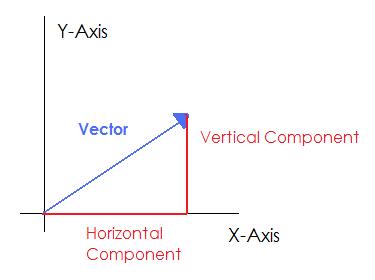
3 2 Vectors Physics Libretexts

Head To Tail Addition Is A Concept Builder That Provides Learners With An Exercise In Recognizing The Proper Vector Body Diagram Progress Report Understanding
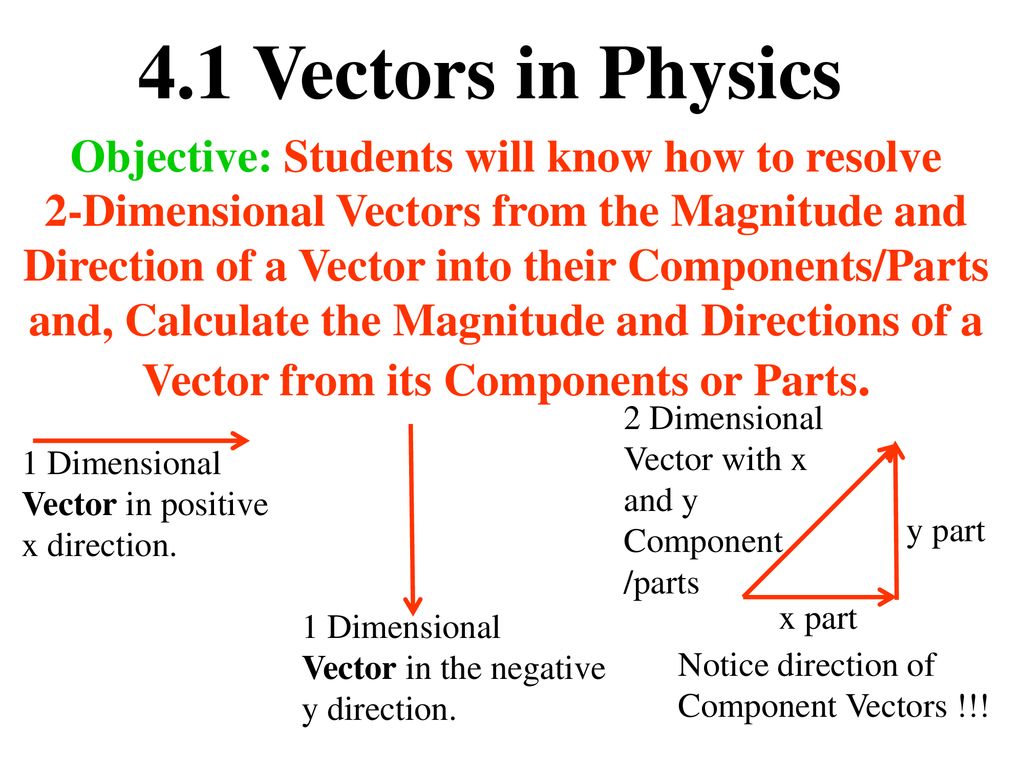
4 1 Vectors In Physics Objective Students Will Know How To Resolve 2 Dimensional Vectors From The Magnitude And Direction Of A Vector Into Their Components Parts Ppt Download

Component Addition Concept Builder Challenges Learners To Apply Vector Principles And Mathematics In Order To Determine The M Concept How To Apply Mathematics

How To Find The Resultant Of Two Vectors Youtube

Vector Addition Concept Builder An Interactive Tool That Challenges The Learner To Use An Understanding Of Head Body Diagram Interactive Tools Progress Report
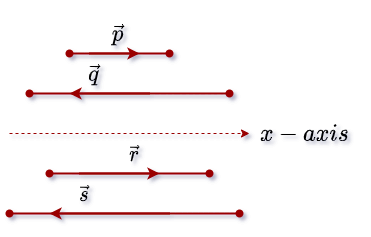
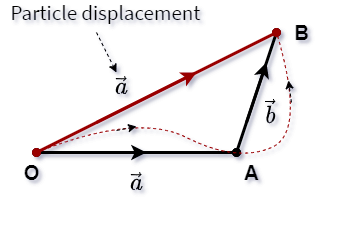
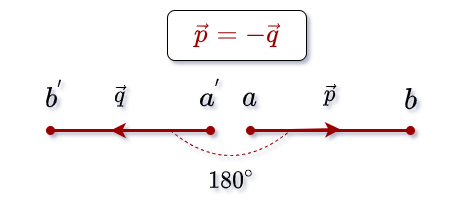
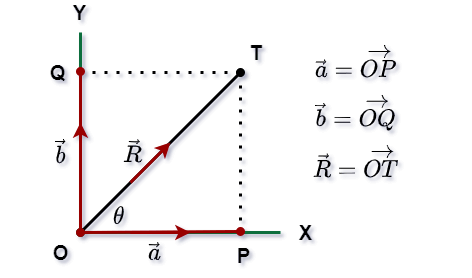

Posting Komentar untuk "Resultant Of Two Same Vector Physical Quantity Perpendicular To Each Other"